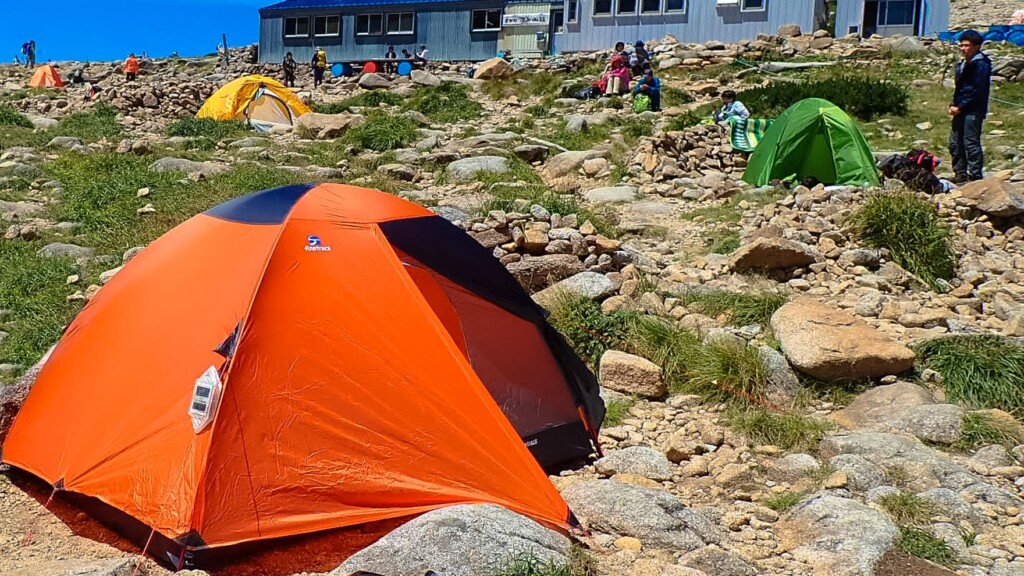
Review: finetrack Kamina Dome 2 A new standard with a stable form, featuring the latest materials and reliable technology
FineTrack is an outdoor manufacturer from Kobe that advocates as a "creator" and is committed to being made in Japan. Although it is a late-generation yet innovative technology and products, they are constantly attracting attention in the outdoor industry, and the source of this is product development based on the experiences and ideas that staff themselves visit the field and accumulate through activities. "Only those who can seriously play can create real outdoor wear and gear. Although it is a manufacturer, the company is working to create things from a user's perspective, and has proposed an innovative five-layering system and continues to develop functional wear that can accommodate a variety of activities. Finetrack, which has long been well-known for Zert, finally released its mountain tent, the Kamina Dome, two years ago, which attracted attention from many climbers. What is the mountain tent created by FineTrack, which develops what the staff really wants from materials and creates things... We will review our impressions of using it for a year and a half since it was purchased and future possibilities.
table of contents
table of contents
- Finetrack Kamina Dome 2's rough features
- Main Specifications and ratings
- Detailed review
- Try using it actually
- summary
Finetrack Kamina Dome 2's rough features
The fabric made from ultra-fine fibers makes it lighter, and at the same time achieves strength and durability, which is originally a trade-off between lightness and the weight, and also pursues compactness, with a wide and comfortable living space. This tent is suitable for four seasons, with the desire to "have a tent that can be used to your heart's content in Japan's mountainous environment," and by combining a wide range of optional items, it can be used in winter. In addition to Kamina Dome 2, there are Kamina Dome 1 (for one person) and Kamina Dome 4 (for four people).
This is amazing
- Unusual lightness for a self-supporting double-wall type
- A wide range of options can be used in winter
- Easy to pack storage
- Ease of getting repair parts
I'm curious about this
- Centrally arranged entrances and exits that are difficult to enter and exit
- price
Main Specifications and ratings
| item | Specifications and ratings |
|---|---|
| Number of people to sleep | Two people |
| color | Orange/Gray |
| Official weight | 1,280g (1,430g including Guyline, pegs and storage bag) |
| Actual measured weight | 1,279g (1,438g including Guyline, pegs and storage bag) |
| Fry material | 15 denier nylon 66 ripstop |
| Inner material | 7 denier nylon 66 ripstop |
| Inner bottom material | 30 denier nylon 66 ripstop |
| Pole material | Aluminum alloy (super duralumin) |
| size | Width 212 x Depth 130 x Height 105 cm |
| Storage size | Main body: 8 x 17 x 27 cm, pole 39 cm |
| Floor area | 2.76㎡ |
| Front room area | 0.64㎡ |
| Water pressure resistant | ・Outerwear: 1,600mm (initial value) ・Innerwear: 1,800mm (initial value) |
| accessories |
|
| option |
|
| Living comfort | ★★★★☆ |
| Ease of setup and removal | ★★★★☆ |
| Weather Resistant | ★★★★☆ |
| Durability | ★★★☆☆ |
| weight | ★★★★★ |
| Portability | ★★★★☆ |
| Versatility | ★★★☆☆*Depending on combination with optional items |
| comprehensive evaluation | ★★★★☆ |
Detailed review
Storage size
Storage can be divided into two parts: a tent and a pole. In addition, there is a small storage bag with pegs and repair sleeves, but it can be stored all together in a pole storage bag. The tent storage bag also has some room for space, and I also store optional footprints (ground seats) and optional lofts in one place. Thanks to this spacious size, even in situations where you want to close in a short time, such as in bad weather, you can store it by simply pushing it in casually without folding it. The tent's storage shape is not cylindrical, but a rectangular parallelepiped, and the space-saving design makes it easy to create dead space inside the backpack.
weight
The weight is an important factor when choosing a mountain tent. Kamina Dome claims to be the highest level of lightness, but we compared the weight with other companies' same class (double wall, for two people) products. *The numbers are official weight
| Body weight (tent, pole, fly) | Total weight (main body + pegs, lining rope, storage bag) | |
|---|---|---|
| fintrack Kamina Dome | 1,280g | 1,430g |
| mont-bell stellaridge 2 | 1,410g | 1,610g |
| Arai Tent Air Rise 2 | 1,360g | 1,580g |
The comparisons were Montbell's Stella Ridge and Arai Tent's Air Rise. I'm sure these two are often mentioned when purchasing Kamina Dome, but the Kamina Dome is the lightest in terms of body weight and total weight including the pegs and tensioning rope. The number of pegs included is 8 Kamina Dome, and 12 Stella Ridge and Air Rise are both included, but the results will not change even if you add four pegs (4 x 11g) to the total weight of the Kamina Dome. Still, I am amazed at how light it is, which weighs less than 1,500g. The actual weight is 1,279g, slightly lighter than the published value. The total weight, including pegs, guy lines and storage bags, was 1,438g. (1,449g when the 11g repair sleeve included) The results were slightly heavier than the published values, but this small error could be said to be within the acceptable range.
Setup
The setting up is the same as a typical free-standing mountain tent, with two poles passing it in a cross-shaped manner through the sleeve of the inner tent, then covering the fly sheet, and then installing a guy line (string rope).
The Montbell Stella Ridge and Arai Tent Air Rise, which are said to be synonymous with mountain tents, have a bag-shaped sleeve end on one side, simplifying setup and shortening setup time, but both sides of the Kamina Dome have poles inserted into the grommet to secure them. I think the shape of this sleeve and the setup method differs depending on your personal preference, but when I first bought the Kamina Dome, I have felt the hassle of having to remove the pole from the grommet and turn to the other side and re-fix it...it's my personal guess, but I believe that by simplifying the structure, it prevents the parts from being worn and deteriorated, making it easier to repair.
The fly sheets are connected by grommets and poles located at the four corners. Incidentally, the optional footprint (ground sheet) is also connected in the same way. The manliner is attached not to the fly sheet side but to the pole sleeve of the inner tent, and is then passed through the through hole in the fly sheet to peg down.
The fly sheet has an adjuster function, so you can adjust the tension (strength) of the fly sheet. For me, who wants to hold my tent neatly (looking) in a good way, I like the ingenuity that allows for fine adjustments.
Main unit
If you're the first time you've got this tent, you might be surprised at how thin the fabric is. The inner tent is made of extremely thin fabric, with 7 denier (the bottom part is 30 denier) and the fly sheet is 15 denier. Especially when it comes to inner tents, if the weather is nice, the inside of the tent will be faintly visible (lol). This ultra-thin fabric not only reduces weight, but also feels like it is flexible, easy to fold and contributes to storage.
Now, when it comes to using ultra-thin fabrics, what concerns you its durability. Both the inner tent and fly sheet are ripstop processed with reinforcing threads (inner: 30 denier, fly: 40 denier), improving durability against tears and tears. In addition, the part where the load (tension) is applied due to the flex of the pole is reinforced from the inside with Dyneema tape, which seems to increase the structural strength. The guy line is also attached to the pole sleeve rather than the fly sheet, so wind resistance is not a concern.
The ventilation is a double-layered structure with mesh. The mesh prevents the invasion of troublesome insects, but because it is simple to tighten and tie and secure the string, I use it with my own cord lock and use it to be one-touch.
This ventilation can also be connected to the ventilation on the fly sheet side using snap buttons, and by retaining its shape, it allows for effective ventilation and evocation.
The entrance and exit are in the center of the long side, and have a convenient double slide zipper, and you can switch to mesh by operating a zipper that is different from the opening and closing zipper. The ventilation is improved, making it comfortable to stay in the summer, making it useful for ventilation.
The zipper on the fly sheet is made of a vislon zipper that is resistant to freezing, and this one is also a double zipper. When entering and leaving, slide the lower slider upward to use, but by sliding the upper slider downward, you can also ventilate when cooking in the front room, or just put your head out a little without opening the zipper all the way to check what's going outside the tent.
The pole is made of aluminum alloy (super duralumin) that combines light weight and strength. Made by DAC, the company of Helinox, a global pole manufacturer and the company that operates outdoor chairs and cots. It is highly reliable because it is used by many domestic and international manufacturers, including Montbell and Arai Tent, Neemo, Hillberg, and Coleman.
The pegs are also made by DAC, the same as the pole, but this is made of an aluminum alloy, a "TH72M" material that is mixed with titanium, copper, etc., and weighs 11g per piece. Not only is it light, but it is also strong, and like poles, it is used by a variety of manufacturers.
Inside the tent
The interior is a typical size for two people, just like other companies' tents. There's nothing particularly wide. By using poles with different rigidity, the walls rise at a higher angle, and the area near the head is 1.4 times larger than a typical mountain tent, but to be honest, I haven't really felt that much.
There is a loop inside the tent for attaching a winter liner (optional) and a loop for attaching an optional loft (optional) to hold small items.
Although this is not the original method of use, you can also hang a towel or a Sierra cup by passing a thin pull (guy rope) through the loop. There is also a pocket for storing small items, so it might be a good idea to store your smartphone or small items that are easy to lose sight of.
The size of the vestibule is also average, not wide or narrow compared to other companies' tents with entrances and exits on the long side. Trekking boots for two can be easily placed, and can be used effectively as a place to store cooking utensils such as burners and cookers.
Impressions of actually using it
It has been used in three seasons other than winter under various conditions (mountain and weather). When I first purchased it, I used it with great care because the fabric was thin, but as I continued to use it without any holes, my honest impression was that my concerns about strength and durability gradually changed to trust.
I don't know what Dyneema tape is used to make it strong, or what the pole is made of, but I could feel the resilience and strength of the fabric when I pushed the tent well with my hands from above. As mentioned earlier, there are some parts that are troublesome when compared to Montbell Stella Ridge, but it's not too bothersome as long as it's not in bad weather, and personally I think it's the result of prioritizing the prevention of parts deterioration and ease of repairs, so it's a reasonable specification.
The entrance and exit are in the center on the long side, so it can be said that it is easier to enter and exit than a tent installed on the short side, but the drawback is that when one side of the fly sheet is open, you need to enter and exit from an angle to the entrance and exit. However, by installing it in the center, it is easier to reach the left and right spaces of the vestibule, and considering the clearance when closing the fly sheet in the vestibule and using the burner in the vestibule, I felt that it would be easier to use if it was in the center.
Although it is innovative and has no surprising features, it feels like an overall excellent tent by meeting the elements required of a mountain tent at a certain level: light weight, livability, comfort, storage and durability.
One of the attractions of this tent is that it also has a wide range of options and repair parts, making it easy to purchase from the online store. I think it's quite rare to find a manufacturer that has a lineup of storage bags, repair sleeves, poles, and end tips. By combining it with the winter options Snowfly and Winterliner (EXP), it is possible that it will be suitable for all-season tent stays, but I have not yet been able to introduce it. This is because when purchasing winter options, you will naturally need more than the tent itself, so a low-cost office worker doesn't have the courage or financial resources (lol). I don't know when it will be, but I'd like to review it again once it's installed. Unlike popular and classic tents like Montbell's Stella Ridge, the actual tents are only about one or two, so you have to remember to appreciate the fact that you won't lose sight of your tent (lol).
Summary: Recommended for people like this
As this is a standard tent with no quirks, this item can be recommended for a wide range of people, from those who are thinking about trying to stay in a tent, to those who have a certain amount of experience in staying in a tent and those who are considering replacing their tent. However, I would like to add that because it is a standard, there are no innovative features, and excessive expectations are prohibited. In terms of price, it is a little more expensive than other companies' same class (double wall, 2-person) products, which may be a problem for those who only stay in their tents at limited periods. This is the perfect item for those who want to combine a wide range of options and try staying in a tent in the winter, or want to use one tent in various seasons.


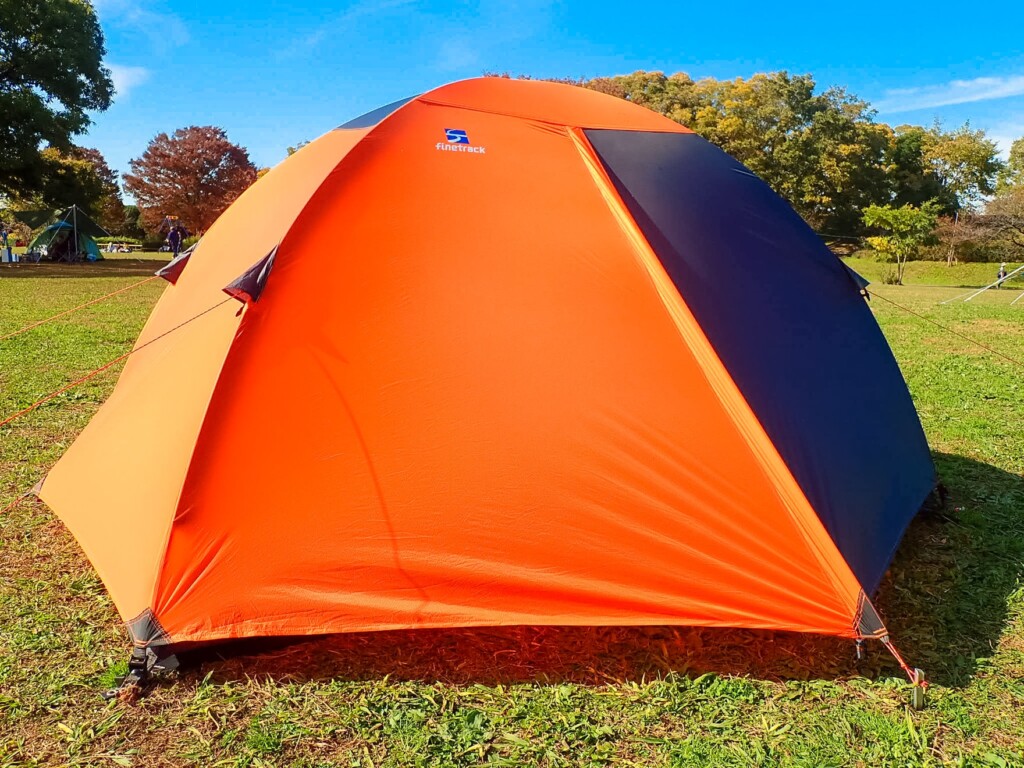
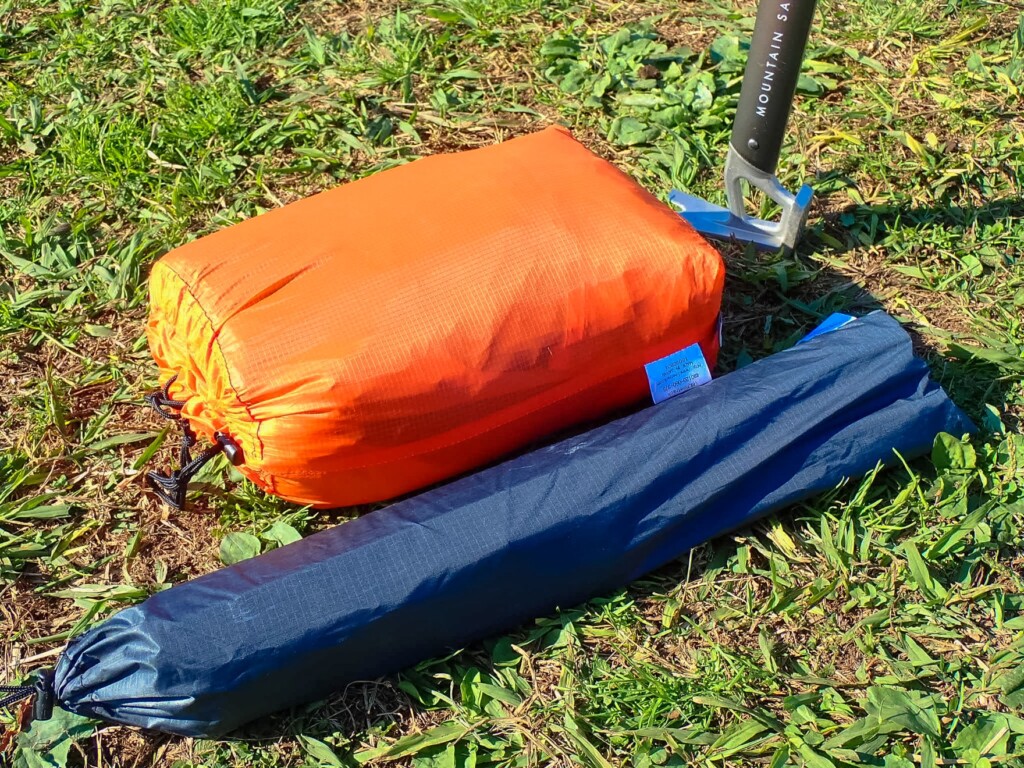
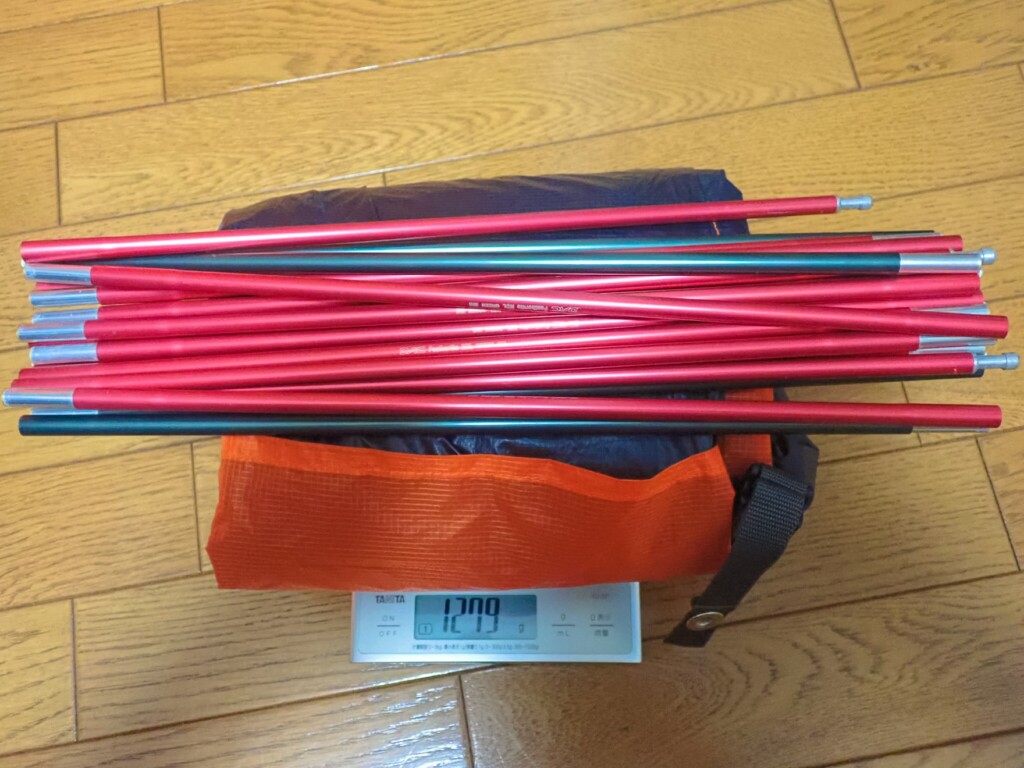
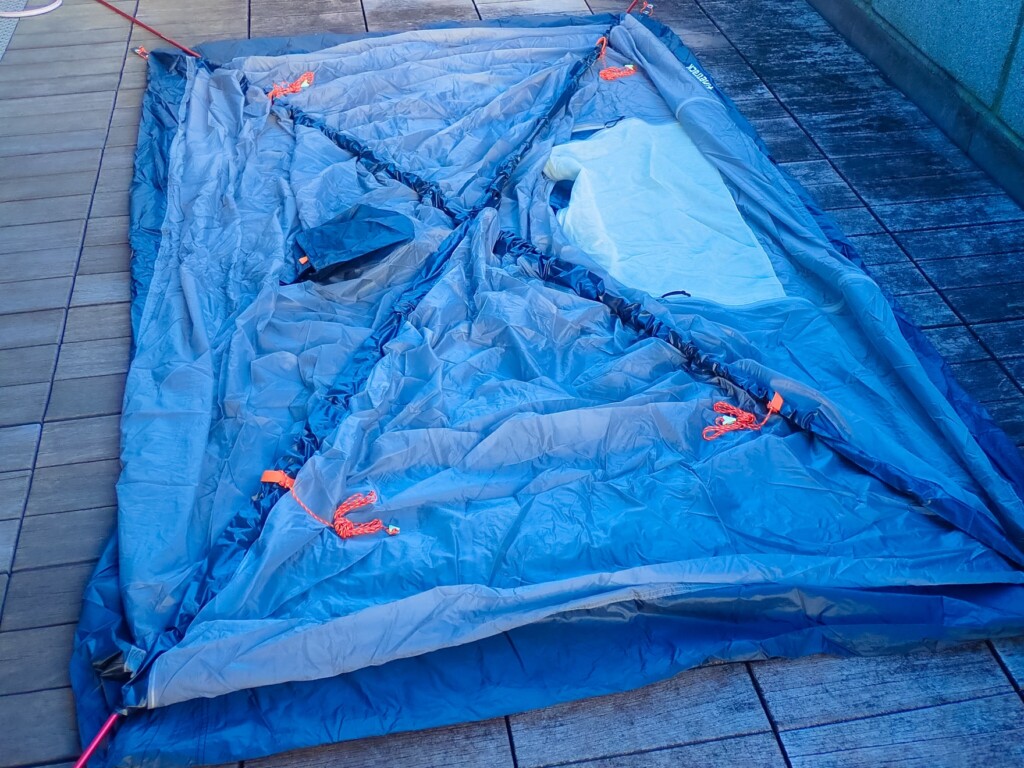

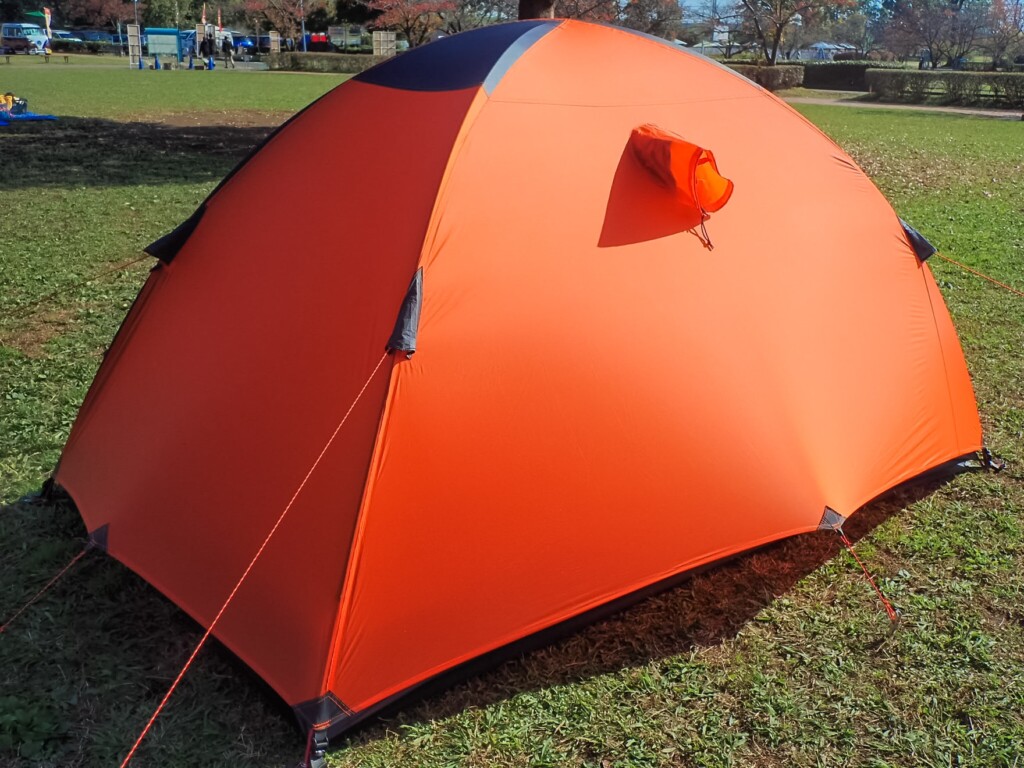
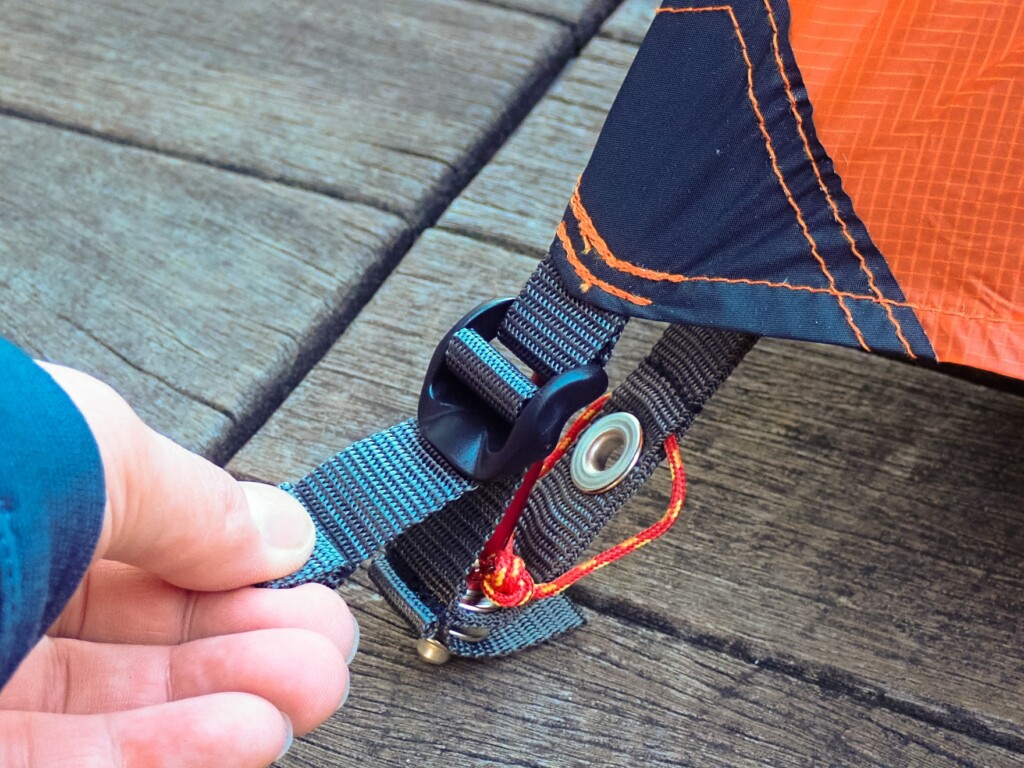
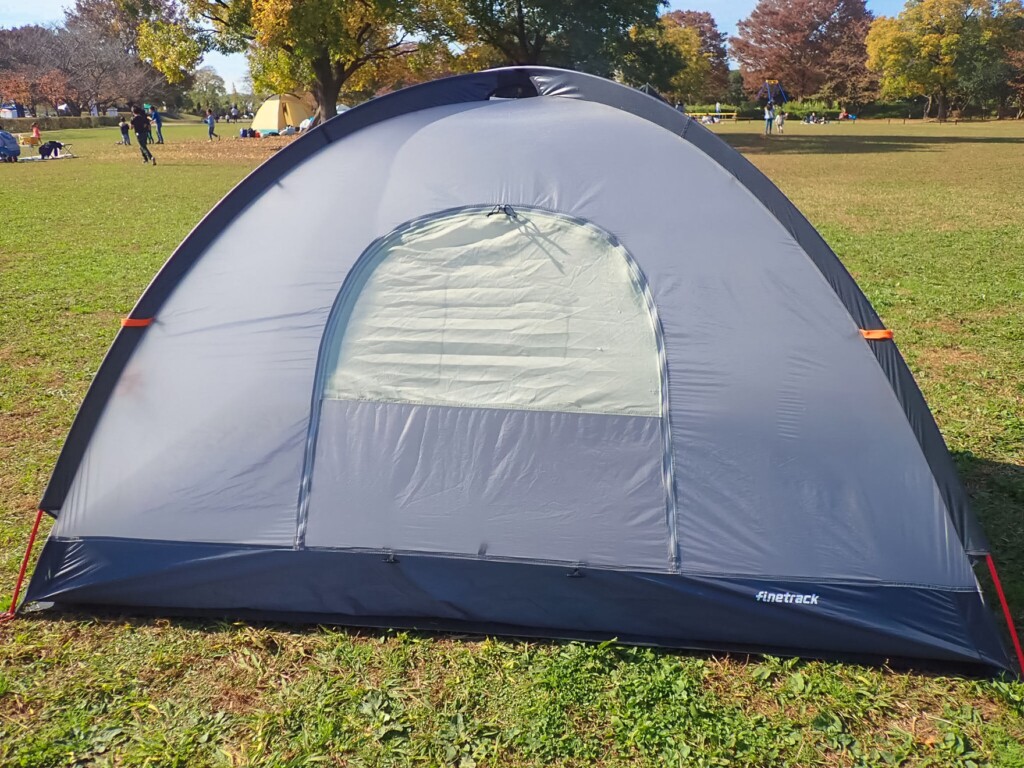

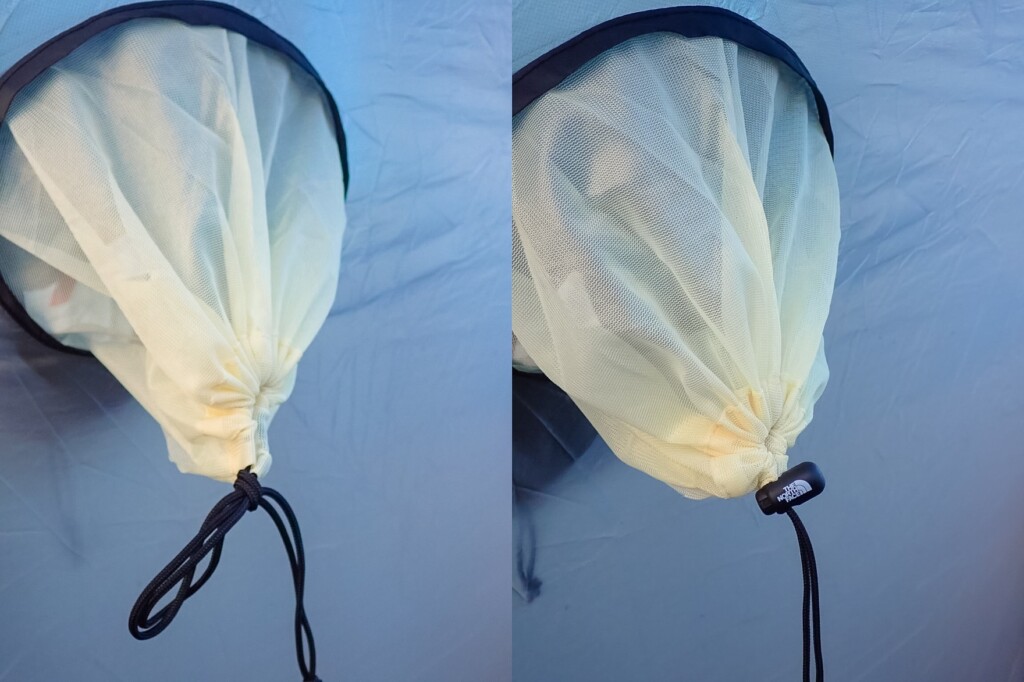

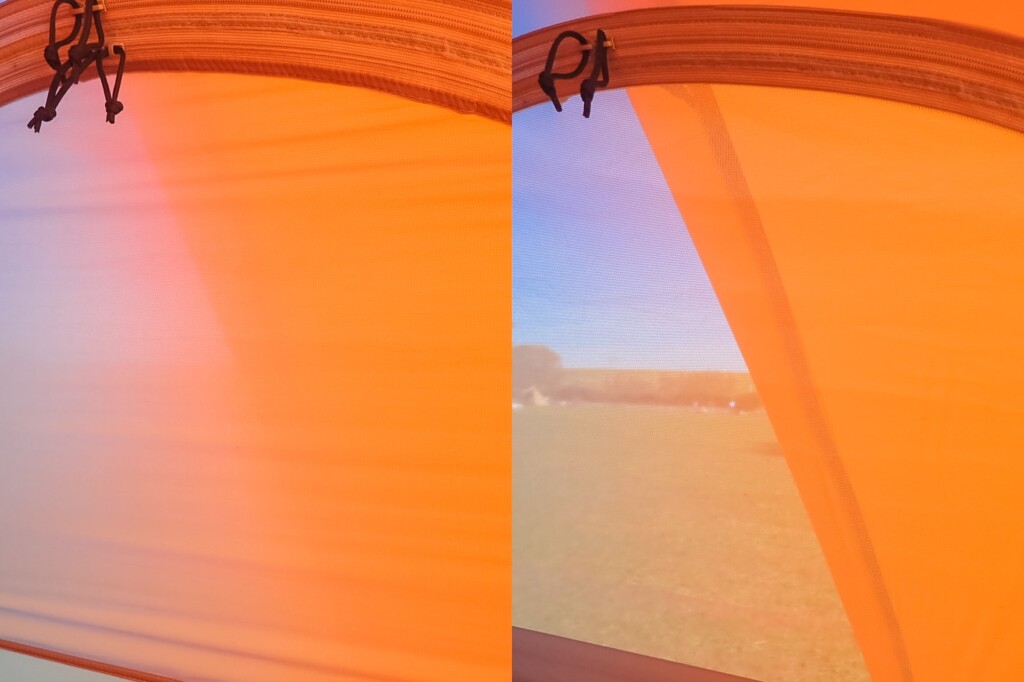
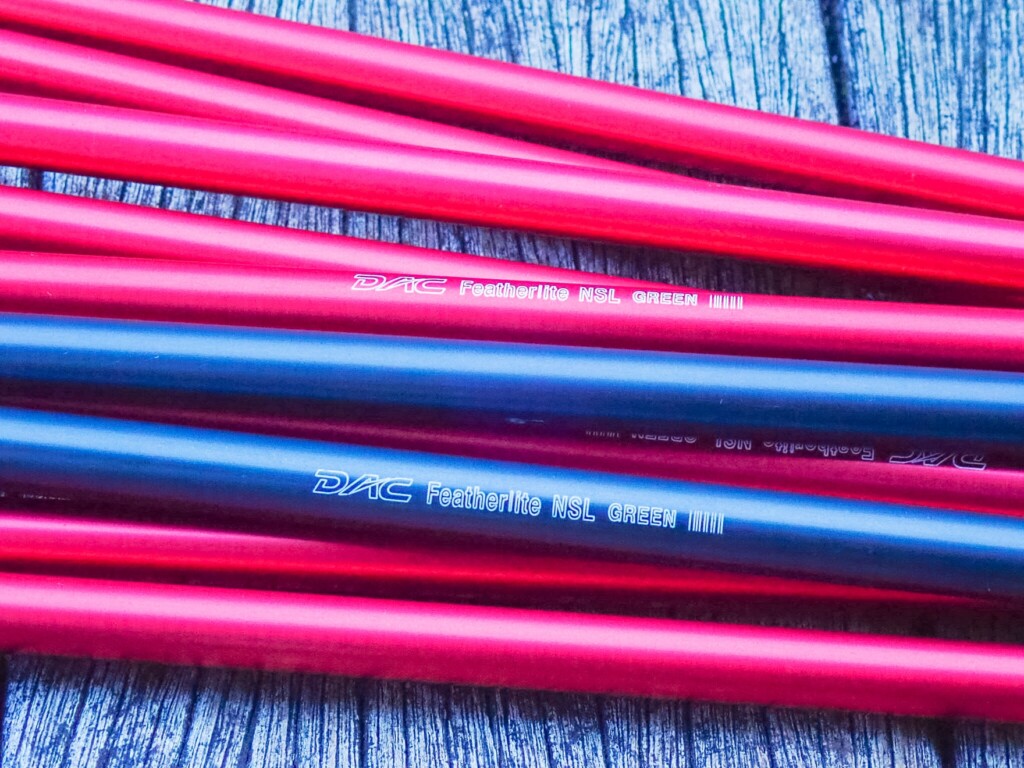
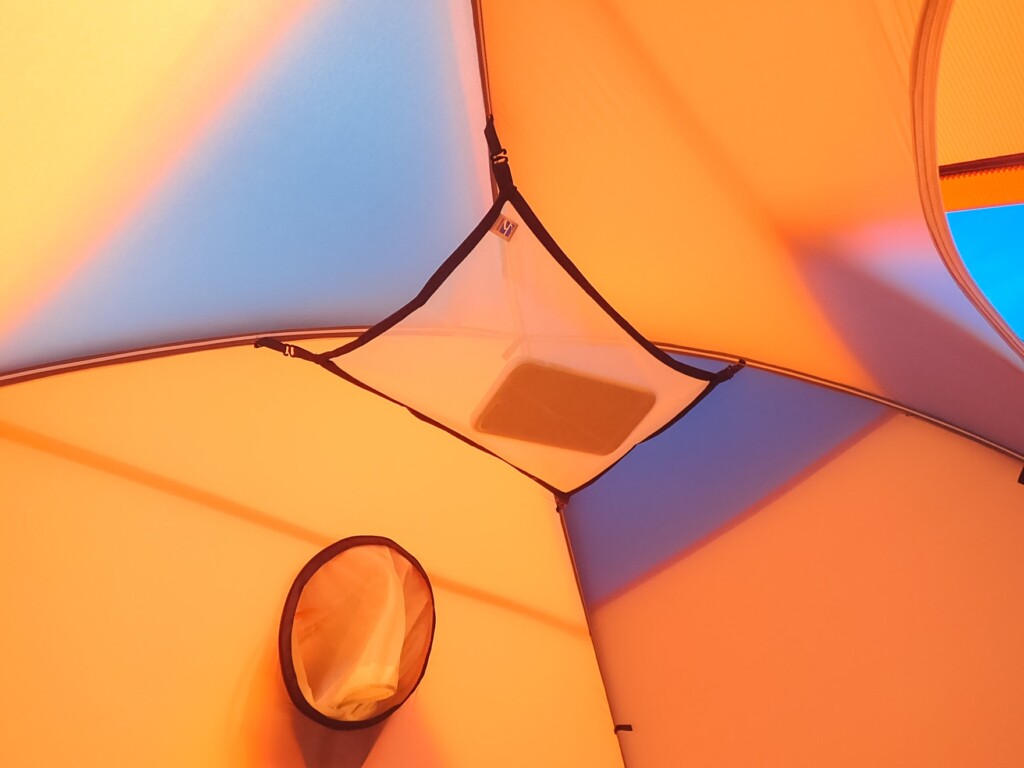
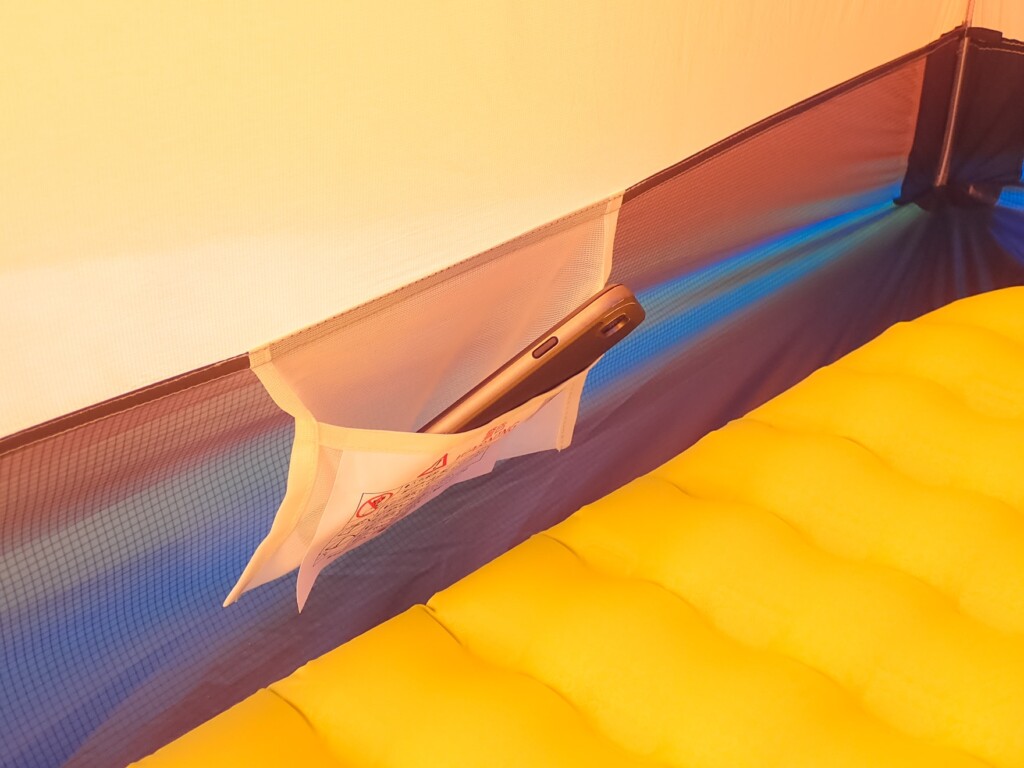
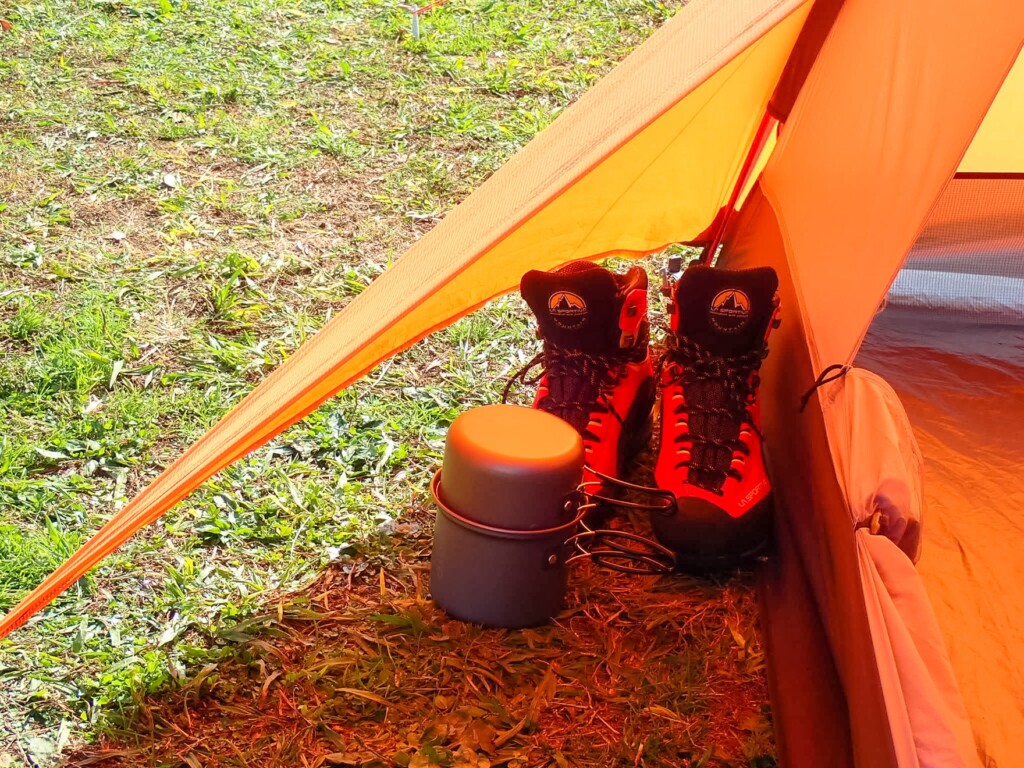


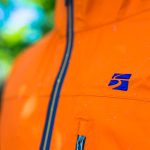 Review: finetrack Everbreath Photon Jacket Next-generation rainwear that shines with attention to detail, not just stretchability
Review: finetrack Everbreath Photon Jacket Next-generation rainwear that shines with attention to detail, not just stretchability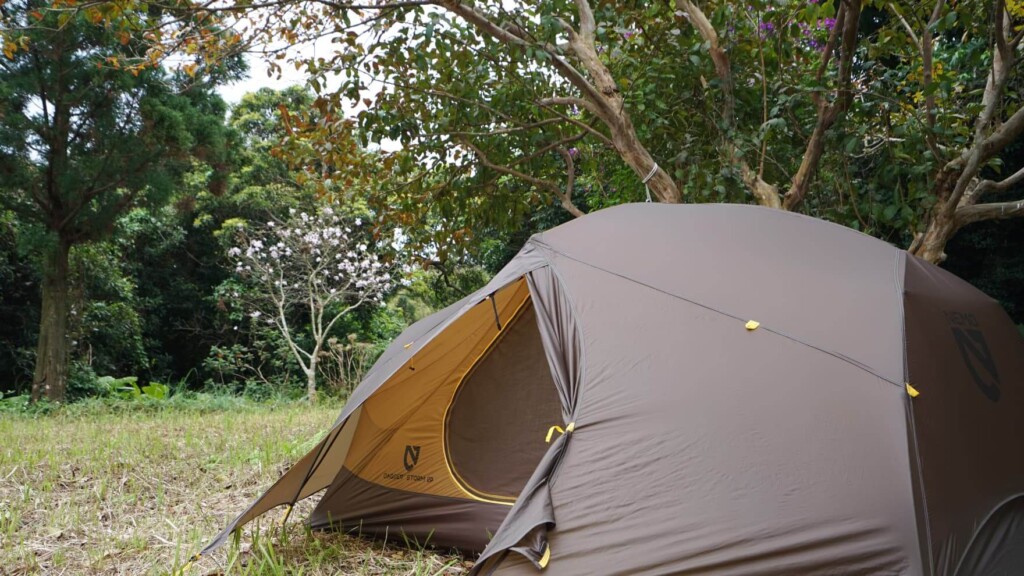 Review: NEMO Dagger Storm 2P It's dome-shaped, yet spacious interior! Mountain tent boasts outstanding livability and good balance
Review: NEMO Dagger Storm 2P It's dome-shaped, yet spacious interior! Mountain tent boasts outstanding livability and good balance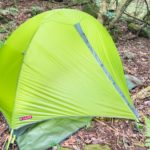 Review: NEMO TANI 1P I see, Japanese specifications. A sturdy and lightweight mountain tent that is always cool and comfortable
Review: NEMO TANI 1P I see, Japanese specifications. A sturdy and lightweight mountain tent that is always cool and comfortable [finetrack] Infiltrate Platinum Party 2025! [In direct store TOKYO BASE]
[finetrack] Infiltrate Platinum Party 2025! [In direct store TOKYO BASE]